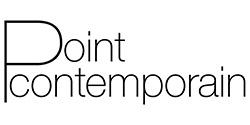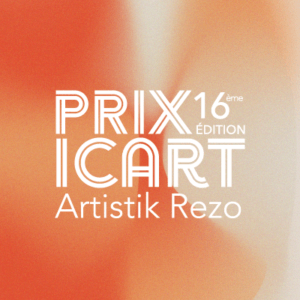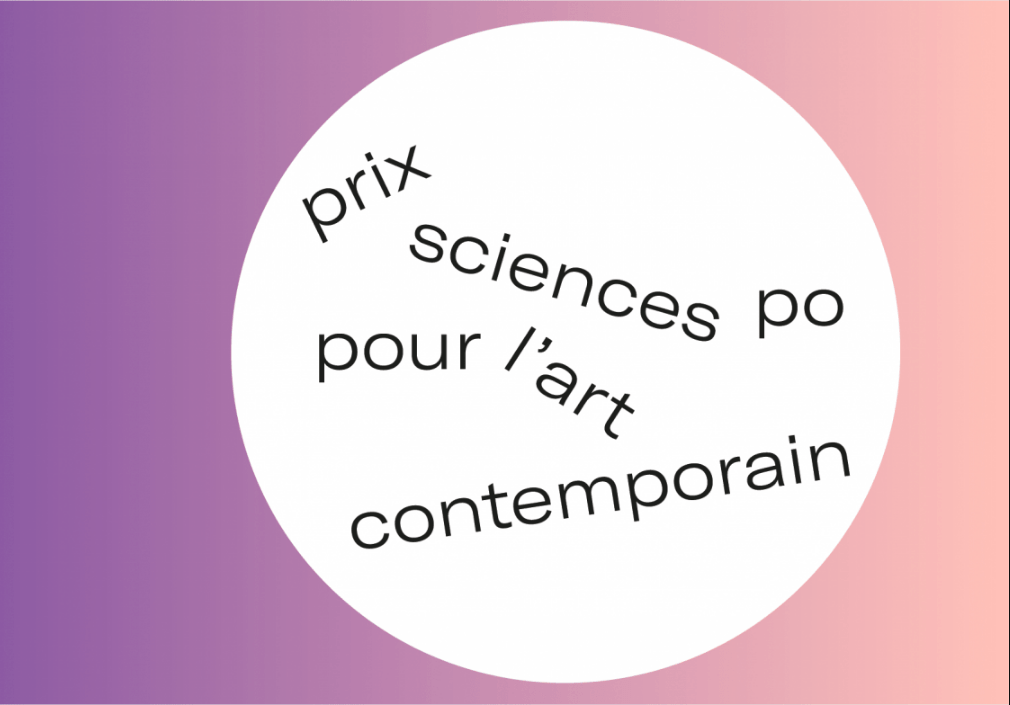Ishai Shapira Kalter
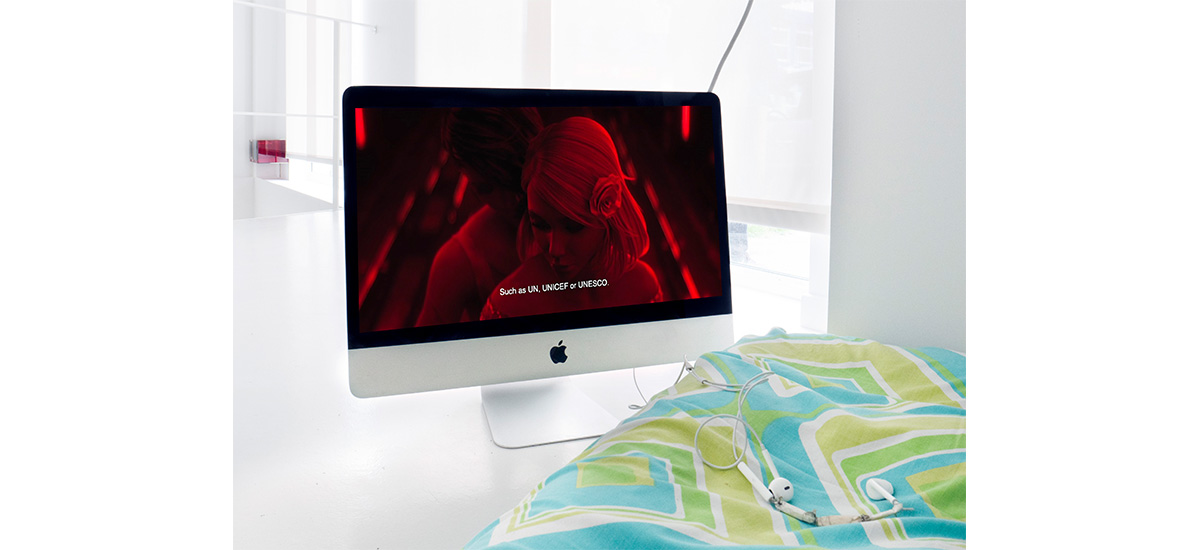
ENTTRETIEN / Tel Aviv based artist Ishai Shapira Kalter taking place in Placement Produit
Placement Produit: Hello Ishai. The exhibition ( ) is the product of a 4 out of 6 months stay at Cité Internationale des Arts. What has been the influence of the city on your work and what mind set does the city can have on an artist during a stay here?
Ishai Shapira Kalter: Hi, well, to begin with, I have spent half of the past decade in a vagabondage, floating between cities and continents. I traveled for a year in South America and the Pacific Ocean, lived in Jerusalem, London, South Tel-Aviv, New York and Baku. I think that roaming, or being on a constant move makes one confront with inner demons but it also creates little sensations. To make a long story short, it elevates a sort of introversion. And this introversion is a very strong content for my artistic practice as it stimulates the unconscious. This state of mind of not knowing furthers away language, meaning and understanding and allows sensibility and imagination to occur in a higher frequency. At first, I arrived to Paris without any money, leaning on the fact I can live on my overdraft for a while if I’ll use my nonexistent budget very modestly. That state of things made me look at the cheap products I could afford and therefore consumed meanwhile reconsidering their affects on my mentality and physical condition. After a month in the city, I was involved in a bicycle accident, and my shoulder was hurt quite badly. When I arrived to the hospital the Doctor gave me a sling and wrote me a prescription to Tramadol. I took these opiate pain killers for seven days, it was a real paradise. Under the influence I intuitively started working on a series of assemblages titled Tramadol / Sopleix / Manon made out of many materials such as packaging covers of small local brands. I am very interested with this kind of materiality and its graphics. The most dominant matter I used in this series is industrial paper combined with several different glues. I am familiar with the industrial paper from my past occupation as a bartender. At that time, I saw that material sticks to bars and to costumers. When the industrial paper was soaked with alcohol and liquids it was transforming into a solid matter that is closer in its qualities and appearance to Fiberglass. After this meditative and productive week, I was out of pills and my body started a hard detox from the Tramadol. So I read about Tramadol, a drug that is produced by TEVA Pharmaceuticals, a huge conglomerate based in Israel. I found out the disturbing fact that this pain killer is highly distributed to Gaza and is the most common drug over there - a perpetuation for the different shapes in which the Israeli occupation takes place. ( ) is a show that exists between shows, it is a footnote, a feedback loop, an echo in time and space. A small show about the mundane. Nothing too controversial, it is not a conceptual show, even though my practice tends to be read in conceptual discourse. ( ) is neither critical. however, the pieces (all assemblages) are on the verge of being realized as full of meaning or simply as meaningless. They ought to provoke emotions, ideas and terms such as forlornness, insignificance, anguish, despair, addiction, graphics, depression, impoverishment, death, simplicity, solitude, naivety, oddness, boredom etc.
PP: Your work has usually been more conceptual and site-specific. For ( ) it seems like you worked in the same way as an abstract painter would have done. What has been the turning point of your practice for this exhibition?
ISK: OK. It is a very big question; I’ll try answering it fluidly. Firstly, I like to experiment and try new things. I am more interested in materiality and its quality, tactility, and also its reflections on other fields of thought - now more than ever. I find that some of my work can be hard to explain, maybe because it deals with vagueness, maybe because it takes new forms quite rapidly. To be honest, sometimes I am having trouble to understand and realize my works too. On the other hand, I am not the kind of artist who will defend my own work. I don’t think it is my part. I don’t like works that require an art historian next to them. People get the impression that most decisions made by artists in relation to their works of art can or should be explained, in that case, I tend to disagree. The artist is only a small particle in a collaborative task, in which works of art are contextualized through time and by other art practitioners. Like data, context is limitless and no one can control it forever. Maybe that is the reason why I almost never have an actual idea for a piece I just try to pay attention to certain materials, images and feelings. To give you a context, in the first years of my artistic career I mostly dealt with institutional critique and questions related to the utilization of architecture. My first solo show titled HOBBY (RawArt Gallery, Tel-Aviv, 2015) was a sincere attempt to lay out the social and business network of the members of the Tel-Aviv Museum of Art Board of Directors. I performed a research on these people, setting out to find what their line of business is, what their positions are, as well as their other philanthropic work and investments in order to find how they effected my own neighborhood and basically gentrify South Tel-Aviv. Then, I moved to New York, studying in the MFA studio program of Hunter College mainly under the guidance of Prof. Thierry de Duve. Alongside different formal experimentations, during the years 2015-2017 I began writing Theory for a Starving Obese, a collection of essays and art criticism about exhibitions that mainly took place in white cubes in the Lower East Side by artists of my own generation. At the end of the process, I sent seventeen envelopes to the artists whose works I have criticized. Each envelope consisted of one digital drawing, a video piece, a preface to Theory for a Starving Obese and a piece of art criticism. This book was was published through mail according to a concept of division. In each envelope there was one chapter of this book. When I started writing and critiquing other artists’ exhibitions the writings were functioning as scribbles, I didn’t have the pretention to call them art. I was just curious to contextualize what’s going on in the world from my own point of view and to myself. They were never meant to be published. The writings behaved just like experiments in matter. Actually, I still deal with institutional critique, but less directly then it used to be. Since the summer of 2017 I run Ventilator, a nomadic exhibition space that was founded following a long night of partying in the south of Tel-Aviv. I think that Ventilator is a facilitator of new forms of institutional critique explored through a freer path. It is always placed in relation to architecture and its existing or added attachments and in relation the the dominancy of the white cube. Ventilator intrudes into abandoned interiors, is hosted at artists’ ateliers, or simply inhabits desolated locations. Ventilator does not rent a permanent space, as permanency means bureaucracy and bureaucracy means bills, schedule, fixed length of exhibitions, salaries etc. Ventilator is free to showcase wherever it is and whenever it can. It leans on the spontaneous collaborations of its self-sufficient growing community of artists who live worldwide. But to go back to your question, when comparing different periods of time in my artistic career, the works of art can only be read through indexical lens. At one and the same time the different works I make are related to each other but their read is not necessarily dependent on one another, each world has its own apparatus and world of symbols, signs, materials, emotions and ideas.
PP: The pieces are named after the brands which logos are included inside. The brands shown here (Belle France, Sopleix etc) are the archetypal brands found in late night « épiceries », a commerce type that is currently dying from the concurrence of supermarkets. Do they represent an old and fantasized idea of France?
Are products an exact reflection of a society in your opinion?
ISK: As I wrote earlier on, these are cheap products I could afford buying, so yes, they place me as part of a certain class in society. I didn’t mean to create a reflection on this class, but of course that I accept this read. I had the idea that the logos make sense because they tell you where the works have been made. Where these products were bought, not in order to become art, just because I utilized them as part of my living. Then, intuitively I enjoyed their graphics and patterns, which is basically prints on nylons, plastics, stickers and thin aluminum sheets – technics I often work with, so it was fun finding them again as ready-mades. When ‘injected’ to the pieces themselves it was a mode of placing factual information into the pieces but they also play with fabricated logos and packaging materials that I have printed myself on different materials.
PP: Despite the changes, we can still notice common points with your previous plastic works. The pieces often look like windows which wouldn’t let us see through, muffled in their frames. Are frustration or deception feelings you consciously want to make the public feel?
ISK: My works of art are enigmas, their codex is abstract, they do function as metaphorical windows, sometimes they refer to actual windows. In a way they may be read as metaphors to something unknown. Windows are always set as thresholds for hidden things, like vaults keeping secrets safe, dividing interiors and exteriors, separate the inside and the outside, just like the repeated X drawing which constantly appears in different sizes through the pieces across the show.
PP: The video work is a pirate version of Love, Sex and Robots a Netflix animation series of which you changed the subtitles..
ISK: Yes. Very simple piece, telling the story of K, a person or a couple, facing their unconscious. It is based on a short story I will never finish writing titled ‘Shelf Life’ and on fragments from Carl Gustav Jung’s texts (Approaching The Unconscious from a book Jung edited titled Man and His Symbols).
PP: Would you define ( ) as a pop show?
ISK: ( ) is an in between show. A existential and emotional feedback loop.
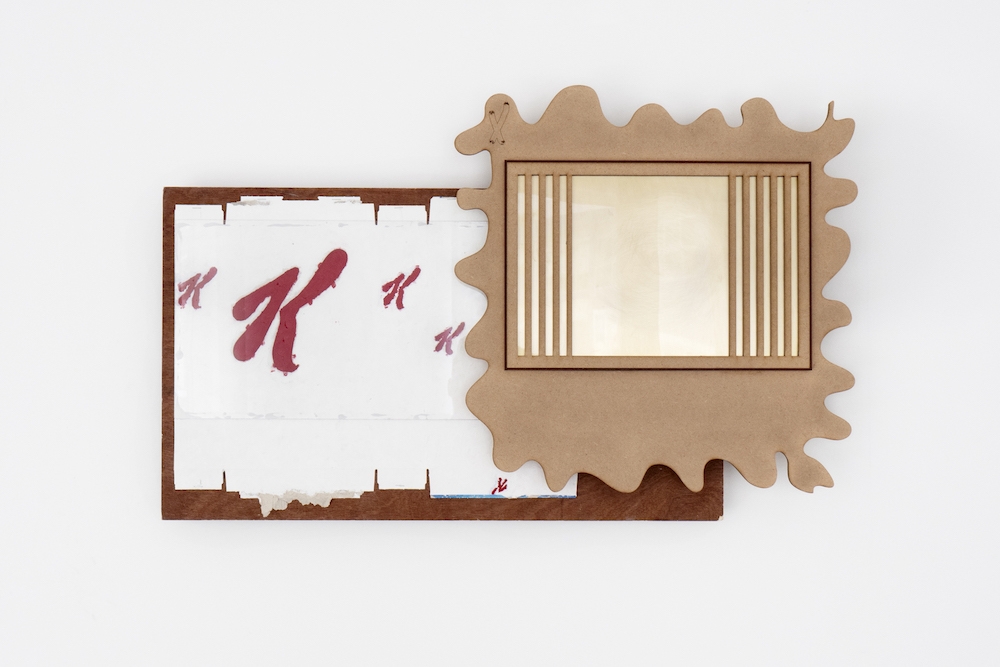
exposition personnelle () de Ishai Shapira Kalter - Placement Produit, Aubervilliers jusqu’au 06 juin 2019 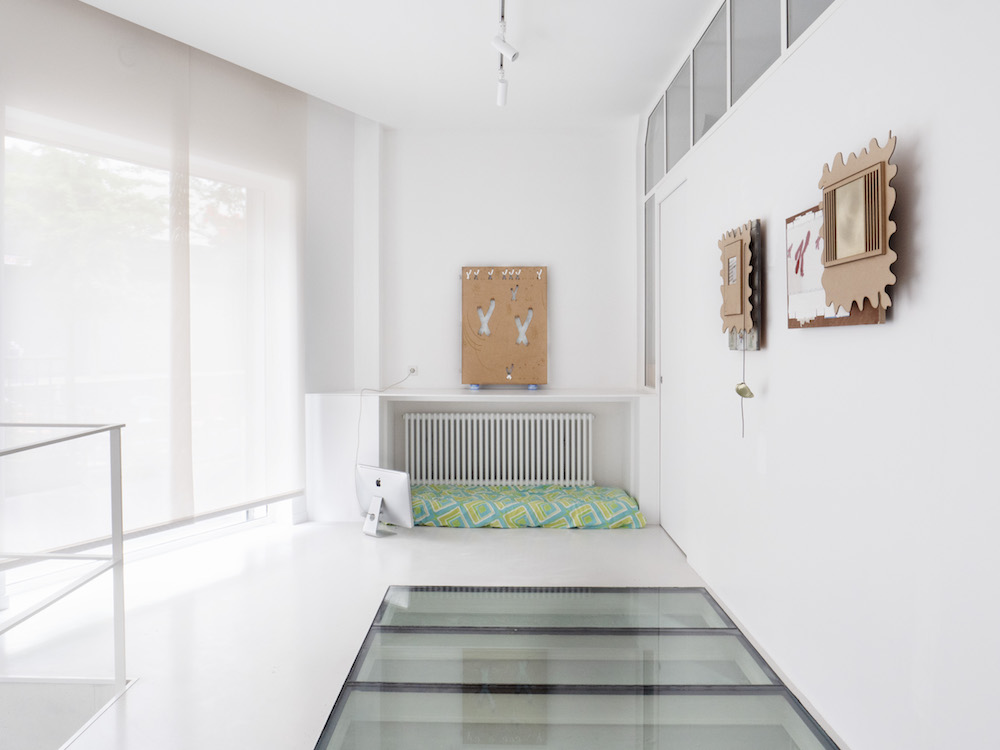
exposition personnelle () de Ishai Shapira Kalter - Placement Produit, Aubervilliers jusqu’au 06 juin 2019 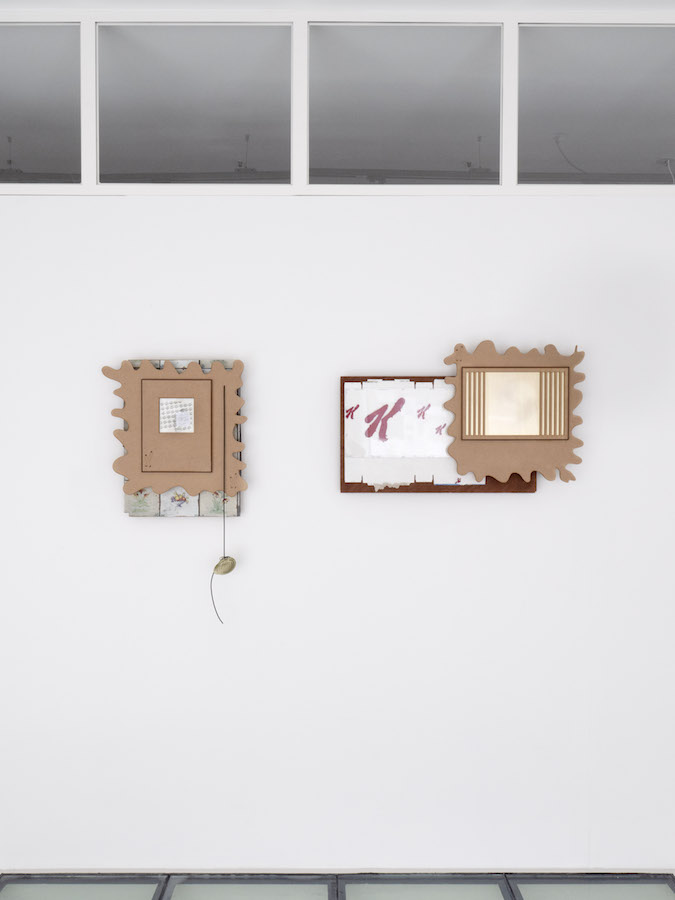
exposition personnelle () de Ishai Shapira Kalter - Placement Produit, Aubervilliers jusqu’au 06 juin 2019 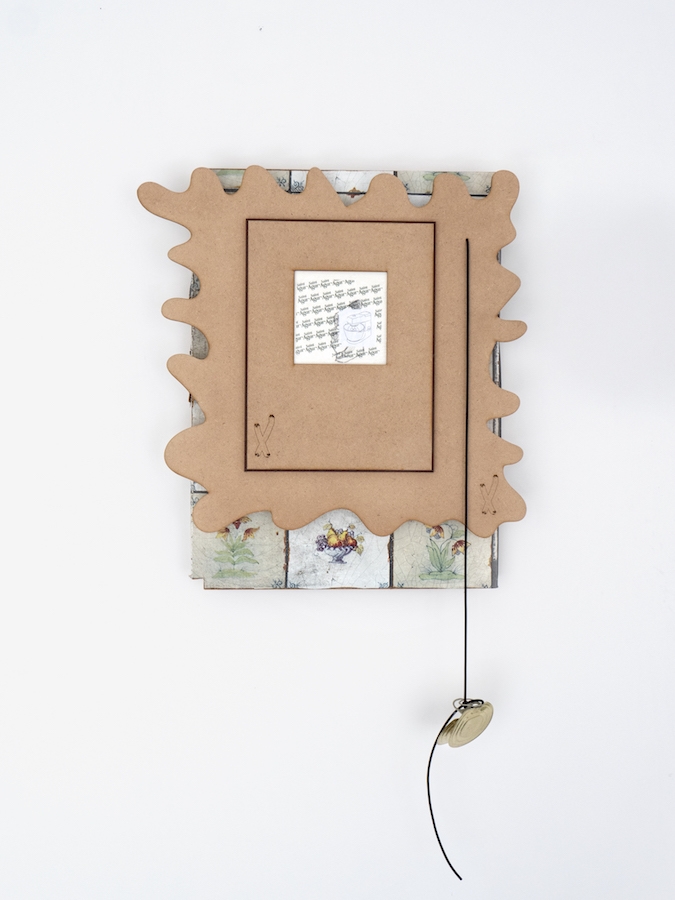
exposition personnelle () de Ishai Shapira Kalter - Placement Produit, Aubervilliers jusqu’au 06 juin 2019 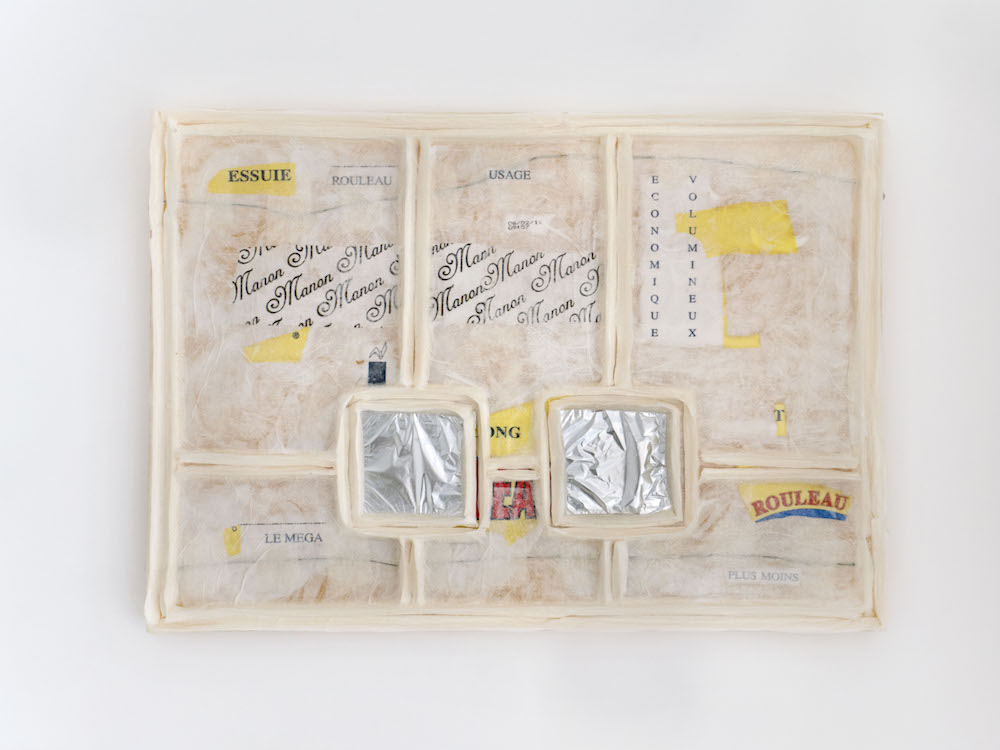
exposition personnelle () de Ishai Shapira Kalter - Placement Produit, Aubervilliers jusqu’au 06 juin 2019 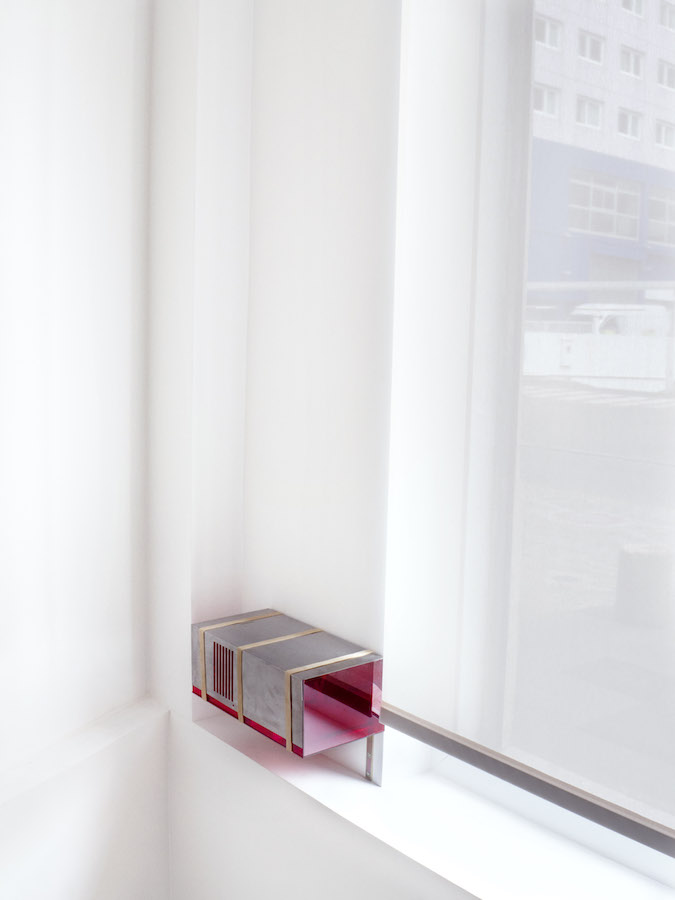
exposition personnelle () de Ishai Shapira Kalter - Placement Produit, Aubervilliers jusqu’au 06 juin 2019 
exposition personnelle () de Ishai Shapira Kalter - Placement Produit, Aubervilliers jusqu’au 06 juin 2019 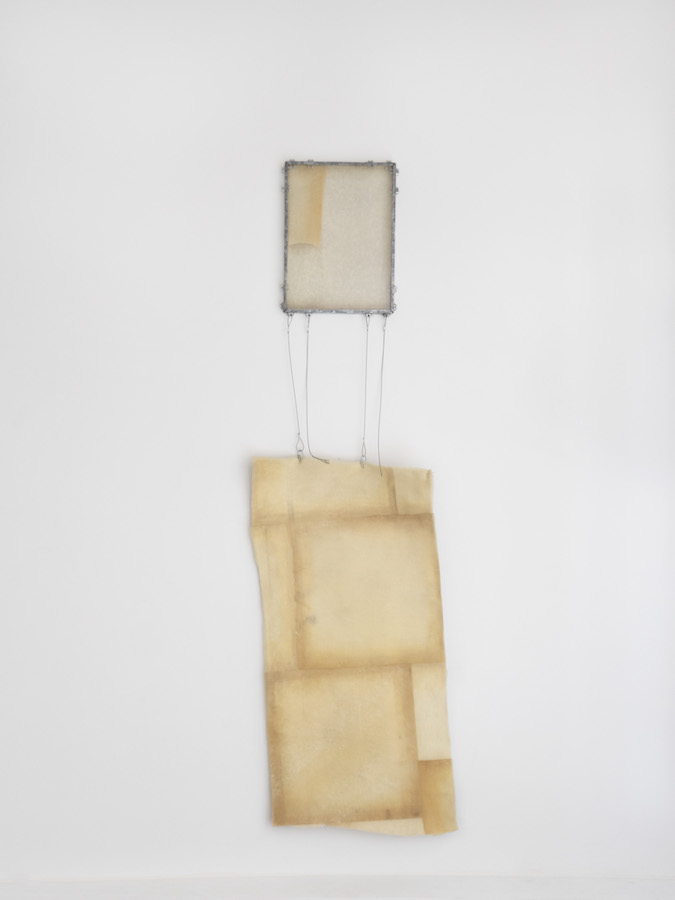
exposition personnelle () de Ishai Shapira Kalter - Placement Produit, Aubervilliers jusqu’au 06 juin 2019 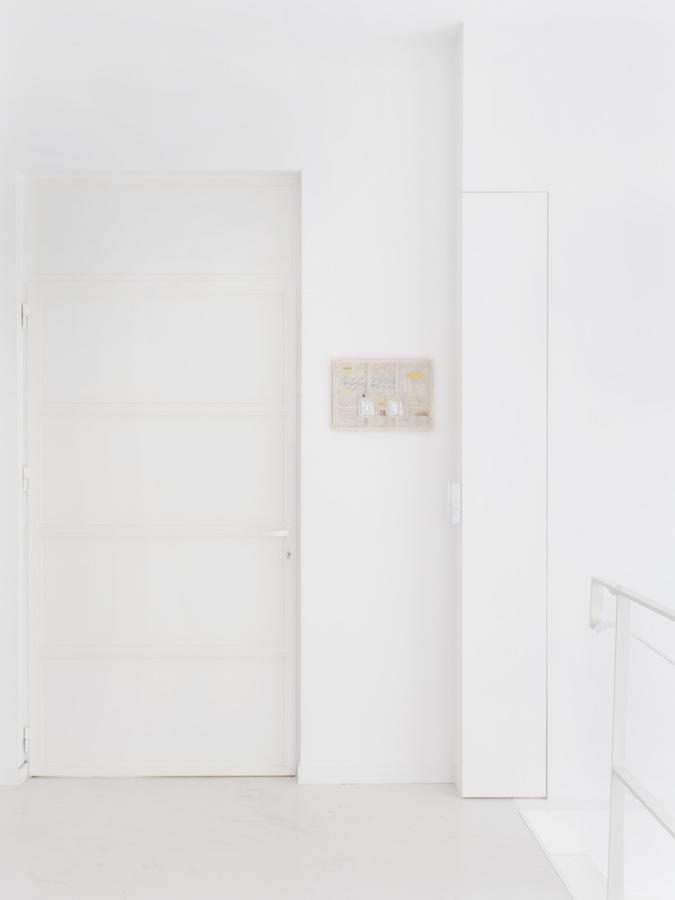
exposition personnelle () de Ishai Shapira Kalter - Placement Produit, Aubervilliers jusqu’au 06 juin 2019 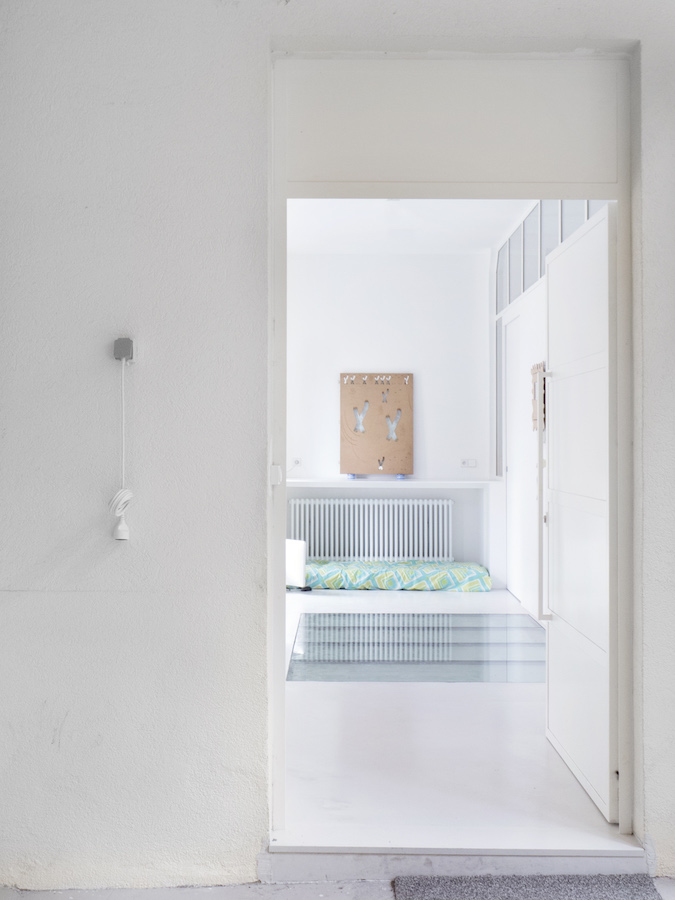
exposition personnelle () de Ishai Shapira Kalter - Placement Produit, Aubervilliers jusqu’au 06 juin 2019 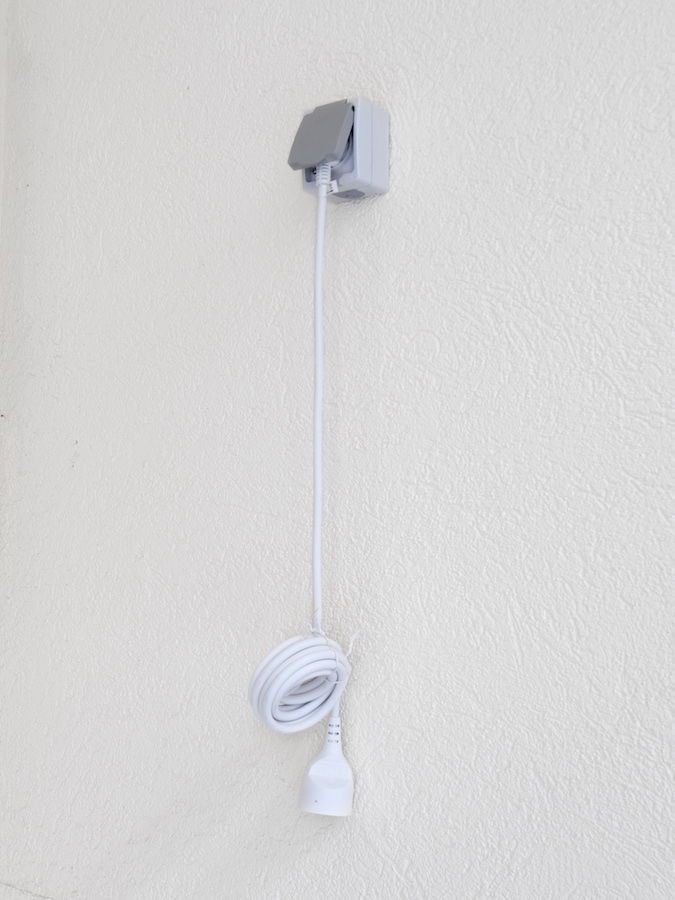
exposition personnelle () de Ishai Shapira Kalter - Placement Produit, Aubervilliers jusqu’au 06 juin 2019 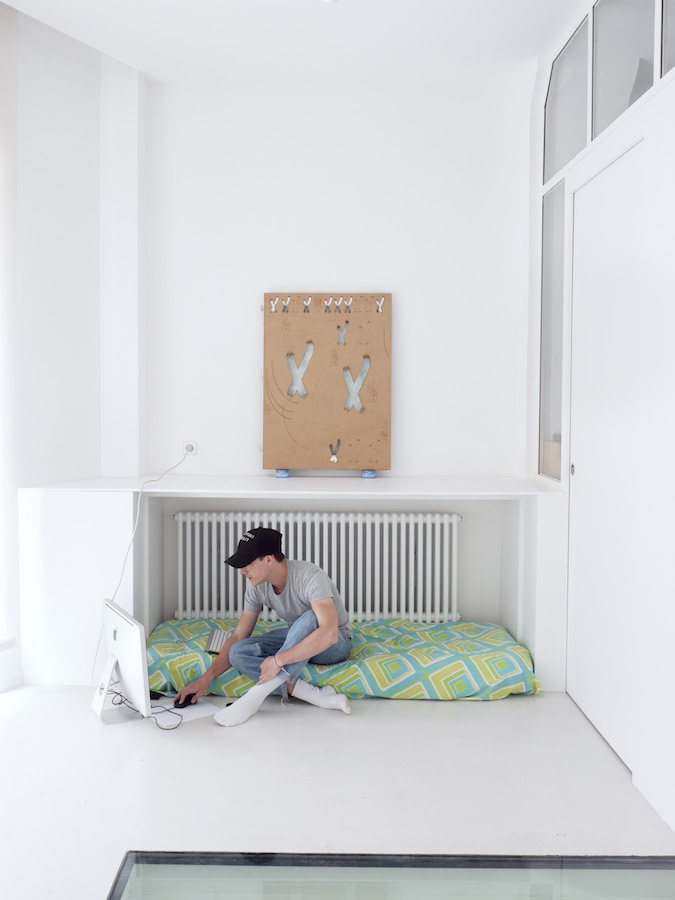
exposition personnelle () de Ishai Shapira Kalter - Placement Produit, Aubervilliers jusqu’au 06 juin 2019 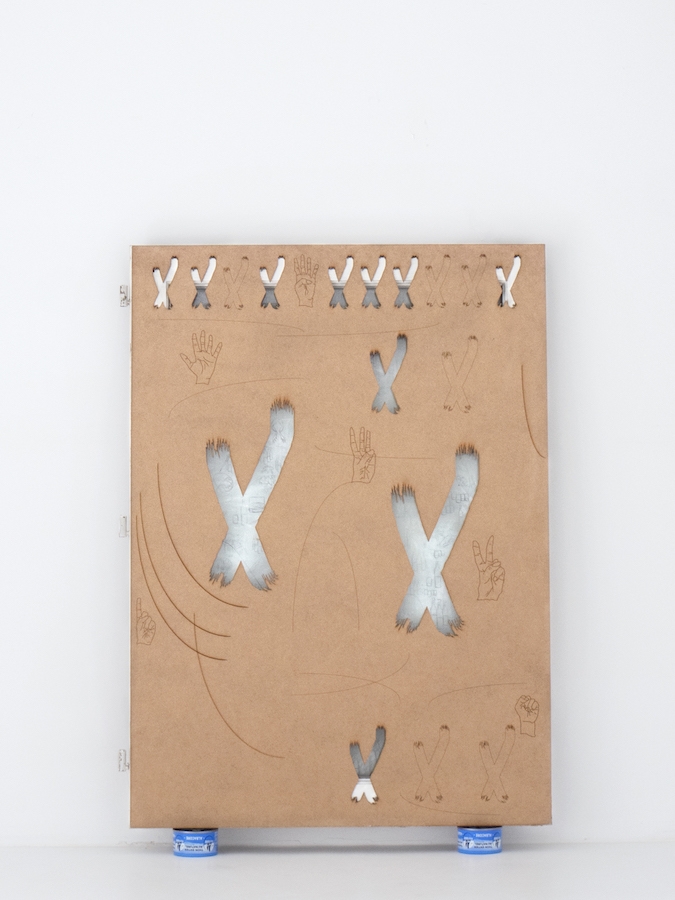
exposition personnelle () de Ishai Shapira Kalter - Placement Produit, Aubervilliers jusqu’au 06 juin 2019 
exposition personnelle () de Ishai Shapira Kalter - Placement Produit, Aubervilliers jusqu’au 06 juin 2019
Informations pratiques :
